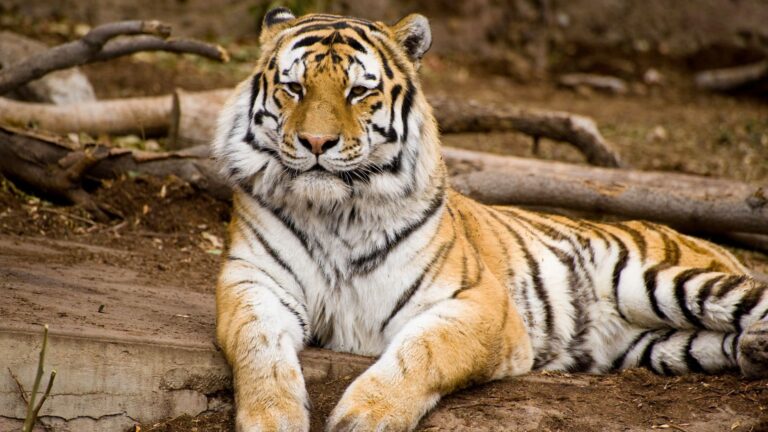13 Amazing Wolf Adaptations For Survival
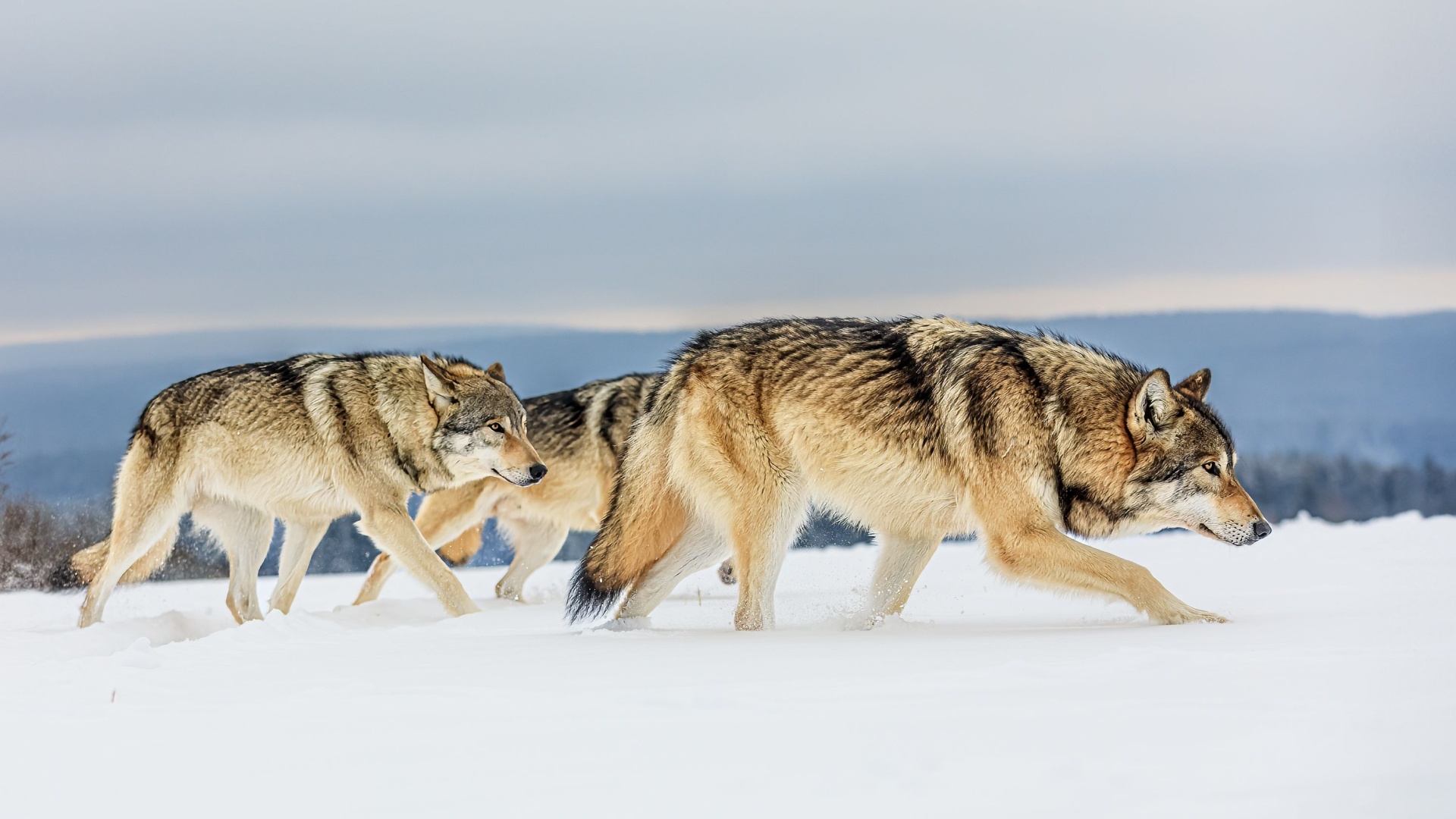
Wolves, the iconic creatures of the wild, have mastered the art of survival through a series of astonishing adaptations.
These remarkable animals not only capture our imagination but also provide valuable insights into resilience and adaptability in the natural world. From their social structures to their physical traits, every aspect of a wolf’s life is finely tuned for survival.
Let’s embark on an engaging journey to explore these fascinating wolf adaptations that set them apart in the animal kingdom.
1. Pack Social Structure
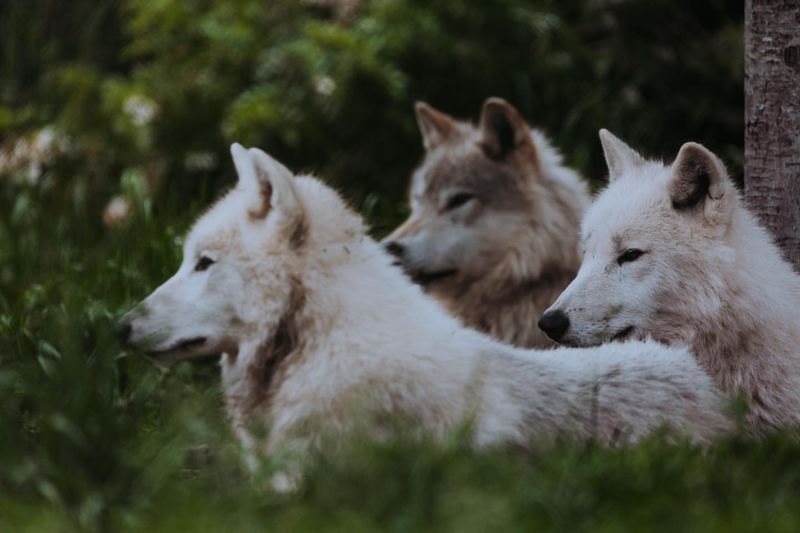
In the wolf world, teamwork makes the dream work, quite literally. Wolves are social animals and their survival heavily depends on their ability to work as a pack. Each wolf has a specific role, from the alpha, who leads the pack, to the omega, who maintains peace. This social hierarchy ensures efficiency in hunting and protection.
Wolves hunt in packs, a strategy that allows them to take down prey much larger than themselves. This collaborative approach not only increases their success rate but also strengthens their social bonds. The cooperative spirit among wolves is a lesson in unity and shared goals.
Their pack dynamics also entail looking after the young, ensuring that the future generations are taught the essential skills for survival. In this world of fur and fangs, the pack’s strength truly lies in its unity.
2. Keen Senses
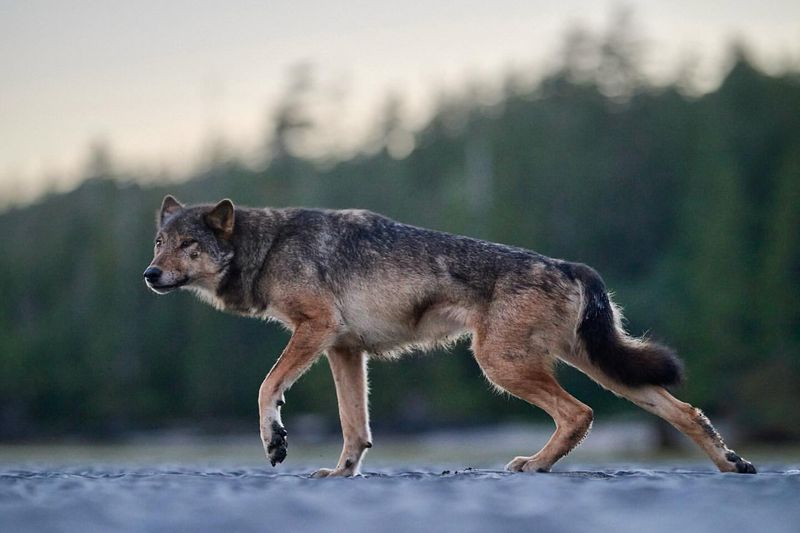
Wolves are the original “super-sniffers” of the animal kingdom! With a sense of smell up to 100 times greater than humans, they can detect prey from miles away. This olfactory prowess is crucial in tracking food over vast wilderness landscapes.
But their sensory superpowers don’t stop there. Wolves boast exceptional hearing, capable of picking up sounds from over six miles away in a forest. This acute sense allows them to communicate with pack members and detect potential threats lurking in the shadows.
Their sharp vision, especially in low light conditions, is the icing on the cake, making them effective nocturnal hunters. In the world of survival, having an acute sensory toolkit is a game-changer for the wolves.
3. Thick Fur Coats
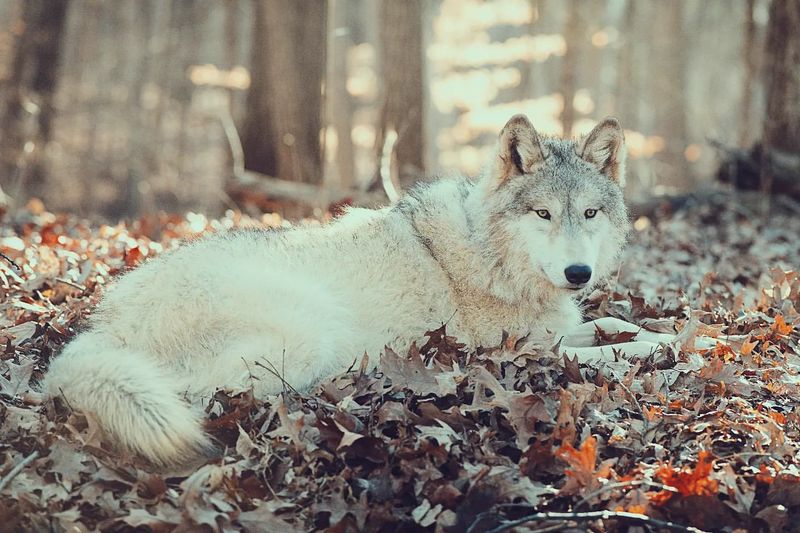
When winter arrives, wolves are ready to brave the cold with style and comfort. Their thick fur coats serve as nature’s best insulation against freezing temperatures. Each layer of fur provides a barrier against the biting cold, allowing them to thrive in harsh climates.
The undercoat, soft and dense, traps heat close to the body, while the longer guard hairs repel snow and water, keeping them dry. This dual-layered structure is a masterstroke of evolutionary design that keeps wolves warm and active all winter long.
Additionally, their fur color varies depending on their habitat, providing camouflage that enhances their survival as they blend seamlessly into their environment. Talk about being fashionably functional!
4. Powerful Jaws And Teeth
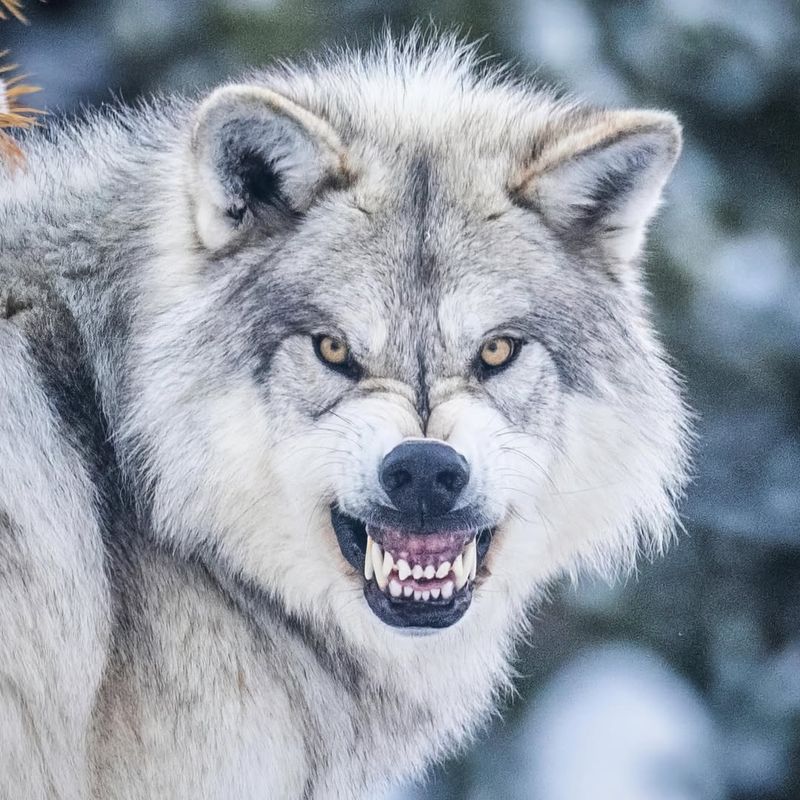
Their powerful jaws and sharp teeth are designed for gripping and tearing flesh, making them formidable predators. These features are not just for show; they play a pivotal role in hunting and feeding. Their canines can grow up to 2.5 inches long, perfect for puncturing and holding onto struggling prey.
The back teeth, or carnassials, act like scissors, efficiently slicing through meat and bone. This dental prowess ensures that wolves can take full advantage of their meals, leaving little to waste.
Even in the world of wolves, having a good bite can make all the difference. It’s nature’s way of ensuring that every meal is a feast.
5. Stamina And Endurance
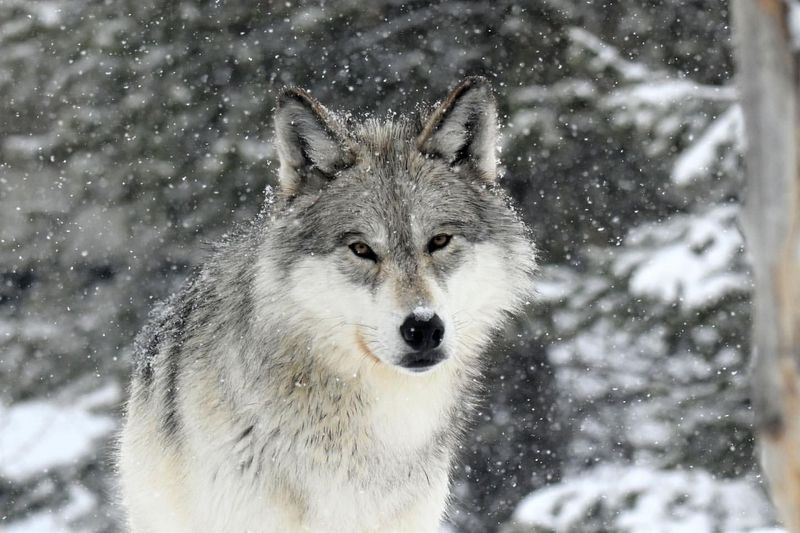
When it comes to marathon runners of the wild, wolves take the gold medal. Known for their stamina and endurance, wolves can trot at five miles per hour for several hours without breaking a sweat. This endurance allows them to cover vast distances in search of prey.
Their muscular build and efficient gait are designed for long-distance travel, a necessity when food is scarce and widely scattered. This ability to keep going and going is a testament to their survival skills in the wild.
Wolves’ relentless pursuit of prey showcases their determination and adaptability, proving that sometimes, slow and steady does win the race in the animal kingdom.
6. Complex Communication
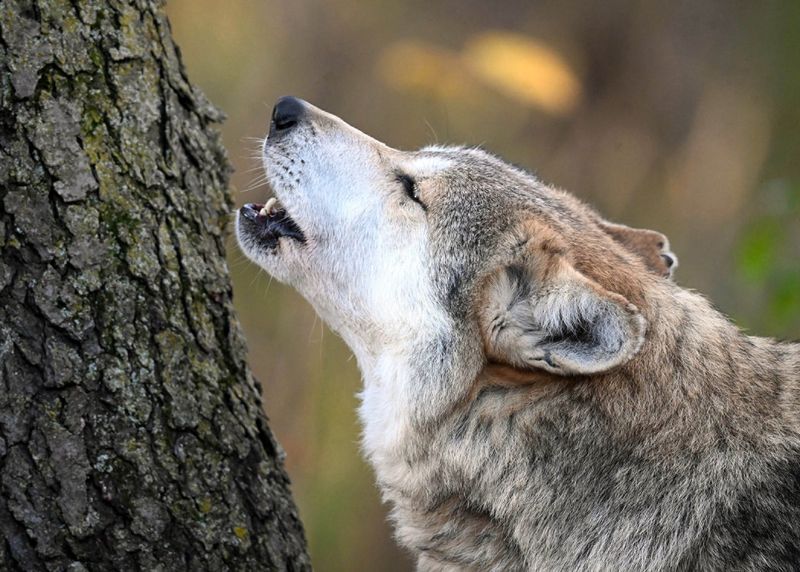
In the wolf world, communication is key, and these animals have mastered the art of conversation. Wolves use a rich array of vocalizations, body language, and even facial expressions to convey messages. Howling is perhaps the most iconic form of wolf communication, used to assemble the pack or mark territory.
Their howls can travel up to 10 miles, cutting through dense forests and open plains. But that’s not all; wolves also whimper, growl, and bark to express a range of emotions and intentions, from playfulness to aggression.
Such diverse communication methods are vital for maintaining pack harmony and coordinating actions. In essence, wolves are the Shakespearean actors of the animal kingdom, using their voices and bodies to weave a complex tapestry of interaction.
7. Seasonal Adaptation
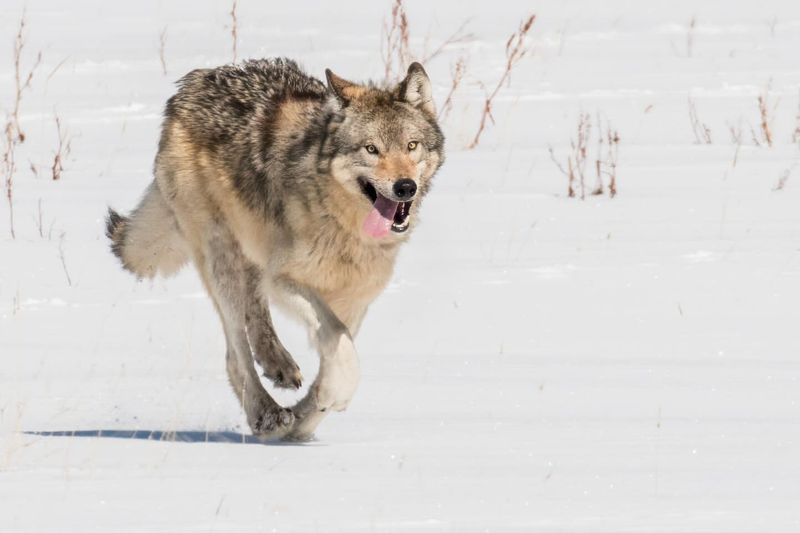
Wolves are true seasonal fashionistas, adept at changing with the times. As the seasons shift, so does their appearance, with their fur adapting to provide optimal insulation and camouflage. During winter, wolves don a thick, fluffy coat that locks in warmth and repels snow.
In contrast, summer calls for a lighter, sparser coat to keep cool during the warmer months. This ability to adapt their attire with the season not only regulates their body temperature but also aids in blending into their surroundings, making them stealthier predators.
Mother Nature has given wolves the ultimate wardrobe, perfectly tailored for survival in any weather. Fashion isn’t just about looking good; it’s about thriving in every season!
8. Dietary Flexibility
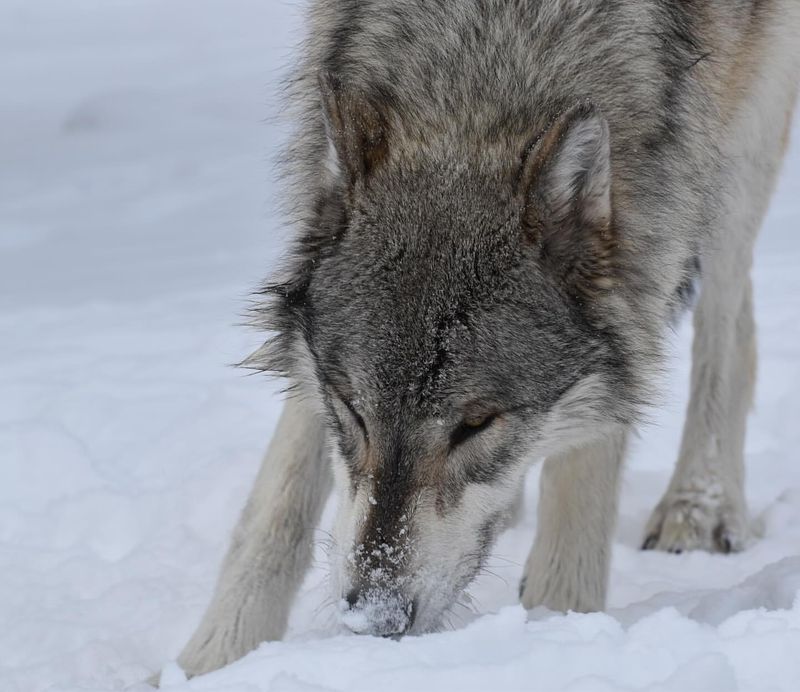
In the culinary world of the wild, wolves are the ultimate foodies, with a palate as diverse as their habitats. While they have a preference for large ungulates like deer and elk, wolves are not picky eaters. When the opportunity presents itself, they are more than willing to scavenge or hunt smaller prey like rabbits and rodents.
This dietary flexibility is one of their key survival strategies, allowing them to adapt to the availability of food resources in their environment. In times of scarcity, this adaptability ensures they still get the necessary nutrients to survive.
Wolves also have a taste for variety, consuming berries and other vegetation, showcasing their opportunistic feeding habits. Their menu might not get a Michelin star, but it certainly earns them the title of ultimate survivors.
9. Acute Night Vision
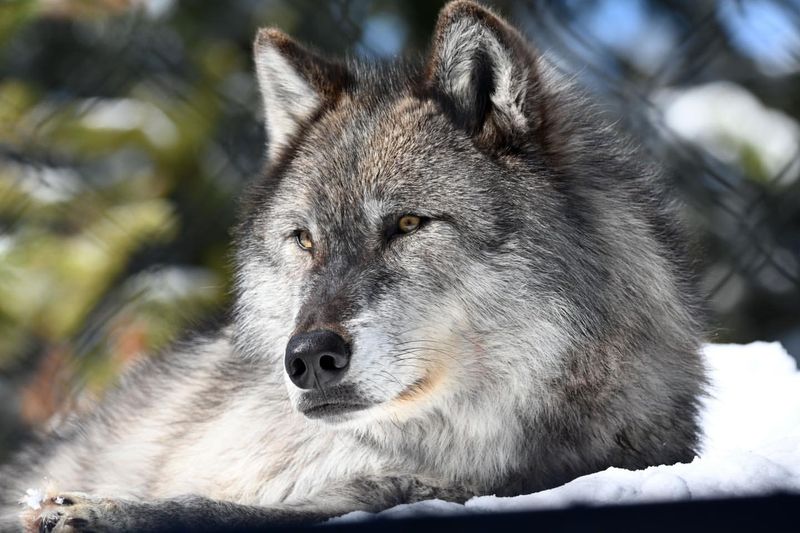
When the sun sets, wolves’ eyes light up – literally. With acute night vision, wolves are the ultimate nocturnal hunters, turning darkness into an ally. Their eyes contain a high number of rod cells, making them highly sensitive to low light conditions.
This adaptation allows wolves to spot prey and navigate through the dense wilderness with ease during nighttime hunts. The tapetum lucidum, a reflective layer at the back of their eyes, enhances their night vision by reflecting incoming light, giving their eyes a distinctive glow.
While they might not need night-vision goggles, wolves are the envy of those who do, proving that sometimes, nature’s technology is the best kind.
10. Territorial Instincts
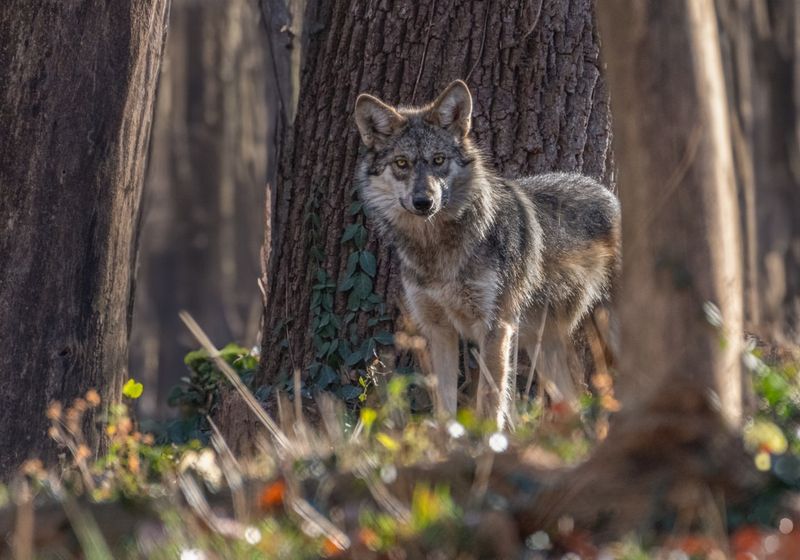
Wolves are not just wanderers; they are guardians of their realm. Territorial instincts are deeply ingrained in their behavior, and they patrol their home range tirelessly. By marking territory with scent and vocal cues, wolves send a clear message to others: “This land is ours.”
These territories can span hundreds of square miles, depending on prey availability and pack size. Defending such vast areas requires coordination and teamwork, making their territorial behavior a testament to their social structure and communication skills.
Through this territorial imperative, wolves ensure their access to resources and maintain pack stability. In the end, every wolf is a proud keeper of its wilderness kingdom.
11. Maternal Instincts
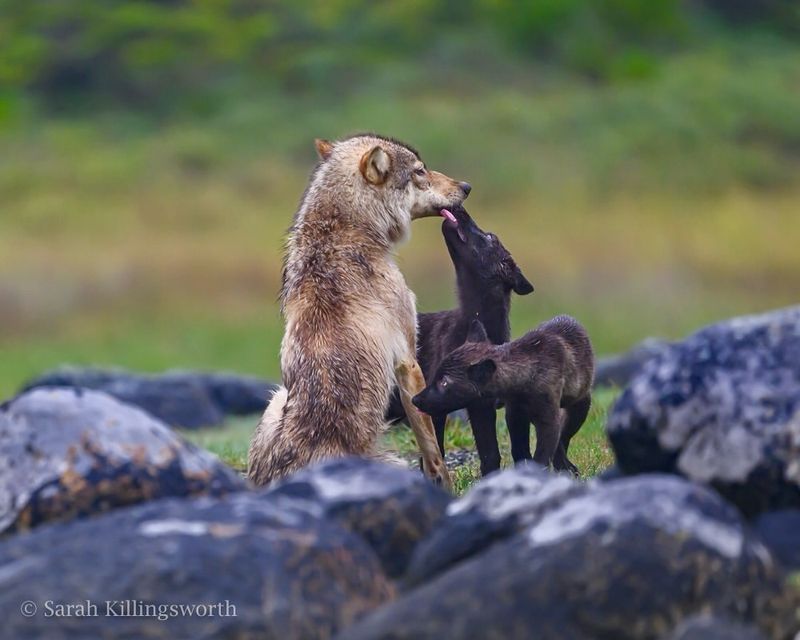
Mother wolves take parenting to a whole new level, showing that fierce doesn’t equal ferocious when it comes to family. With a tender heart under that tough exterior, wolf mothers are devoted and protective, ensuring their pups thrive in the wild.
From birth, pups are nurtured in a den, safe from predators, while the mother provides warmth and nourishment. As they grow, she teaches them essential survival skills, from hunting techniques to social behaviors, preparing them for life in the pack.
A mother wolf’s dedication is a cornerstone of the pack’s future success. Her selfless efforts embody the spirit of survival, proving that in the wild, love and care are as important as strength and courage.
12. Efficient Energy Use
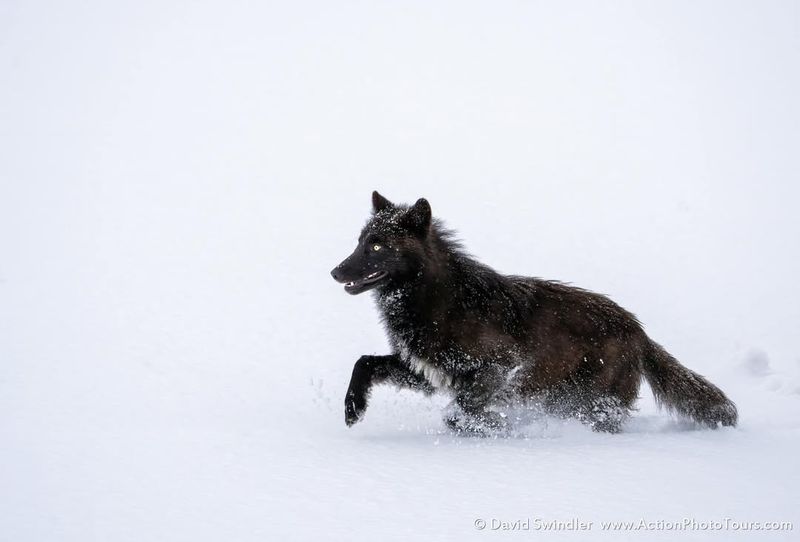
Wolves are the energy savers of the wild, masters in the art of energy efficiency. By balancing bursts of activity with periods of rest, they optimize their energy use, ensuring they’re always ready for action when it counts.
This strategic approach to energy management is crucial for survival, particularly when prey is scarce, and travel is necessary. By resting during the day and being active during cooler hours, wolves conserve calories while maximizing hunting success.
In the wild, this energy-savvy lifestyle is a practical approach to thriving in a challenging environment. It’s a reminder that the best strategy sometimes involves knowing when to pause.
13. Learning And Intelligence
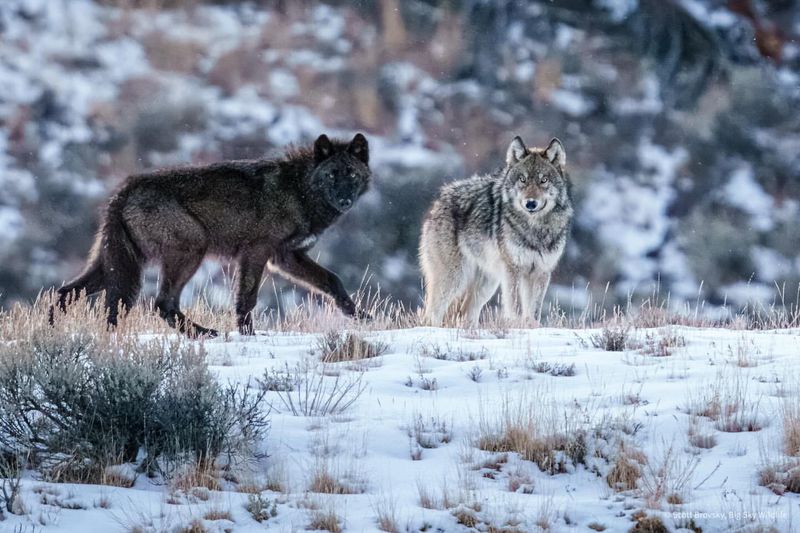
Wolves are not just instinctive creatures; they are learners and thinkers with impressive intelligence. Young wolves learn through observation and imitation, gaining skills by watching older pack members. This learning is essential for hunting strategies and social interactions.
Their ability to solve problems, such as navigating complex terrains or working collaboratively during hunts, underscores their cognitive capabilities. This intelligence allows wolves to adapt to changing environments and challenges, showcasing their resilience.
In the grand theatre of the wild, wolves prove that being smart is just as important as being strong. Their learning abilities ensure they remain one step ahead, securing their place as apex predators.





